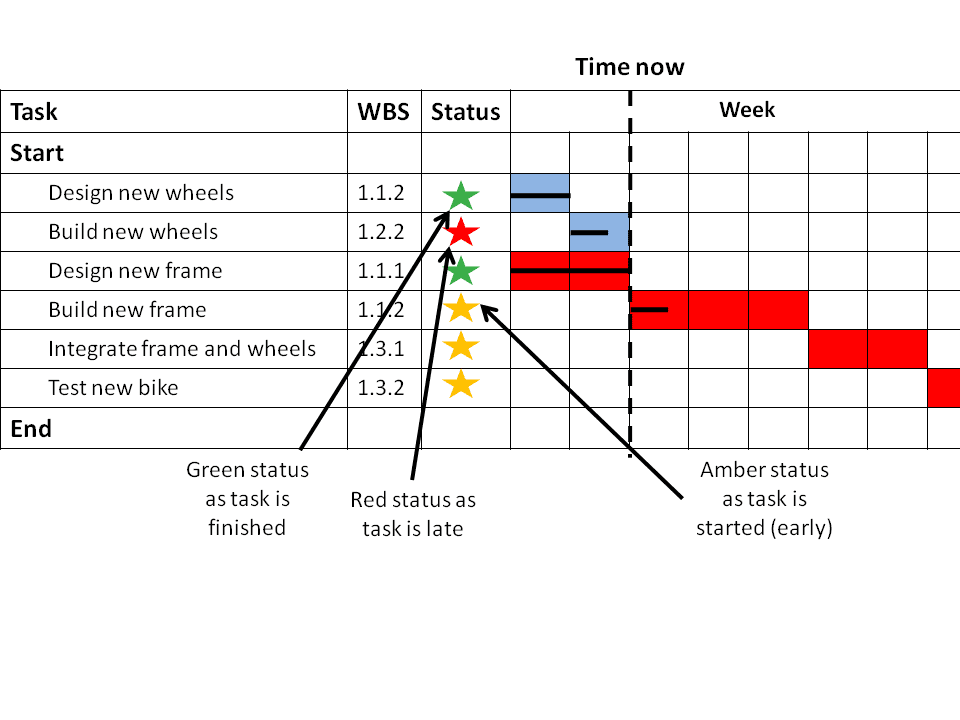Nowadays almost any manager uses some kind of project management planning and control software and the reason for this is simple: software can help and ease a lot the work of any person.
Many experienced project managers have created over time a knowledge base of tips and tricks that they can use; strategies to ensure business requirements are accurately defined, risks can be managed effectively and changes controlled in recognition of the importance of project scope. However novices are not that lucky. They need to gain all these in time. In this article we shall try to present some of the most encountered ones.
Keep your project as dynamic as possible
Projects tend to move and change in time and for this reason there must be an easy way to update it. If it is created using hard constraints a simple shift in time might actually be a very hard to do operation. Here are some things that you should take into consideration:
Use of constraints. Constraints on tasks impose certain restrictions in the scheduling algorithm because it relates to certain dates. Fixed dates should be avoided as much as possible since this links the project to a certain time period. Instead of using dates to specify the sequence of tasks you should rather think at adding dependencies between them.
Creating dependencies. If certain gaps must be created in the sequence of tasks within a project then these should always be represented using dependencies with “leads” or “lags”. This is very useful in case of shifting the project in time. Do not simulate them using false tasks or hard constraints. Using false tasks will result in an increased total work and constraints will make the project to be connected to certain dates. Furthermore dependencies should be avoided to be used to resolve resource overallocations.
Task start or finish dates. Manually setting start or end dates for tasks will actually impose constraints on the tasks, therefore limiting the dynamic nature of your project schedule. The distribution in time should be done naturally using dependencies. In a well done project plan, almost every task is driving another task. If a task is not influenced by other events then it should only depend on the start date or the end date of the project (in case of start to finish scheduling and finish to start respectively).
Things to be avoided
Task naming. Avoid using duplicate task names since this will increase the ambiguity of the project. In case certain tasks are repeated in multiple phases then appropriate names should be used. Even more a naming convention should be used if possible.
Formatting. A consistency regarding formatting data is preferable. This way everyone will better understand the projects. Using different formats and rules for presenting data might get to misunderstanding and confusion.
Assigning resources. When assigning resources to a task it results an amount of work that must be completed by those resources. Milestones and phases are a special type of tasks. Milestones are used to represent deliverables and have no duration while phases are a collections of related activities. For this reason neither should have resources assigned to them.
Linking phases. A phase is a collection of tasks. When you say an activity depends on an entire phase that activity depends on all the tasks from that phase. However when a phase depends on another phase things become more complicated since any tasks from the second phase depend on all the tasks from the first phase. This increases the risk of creating circular dependencies. A solution to this problem would be to insert a milestone at the end of the phase and use that for linking.
More tips on project management software can be read on RationalPlan’s project management blog.

